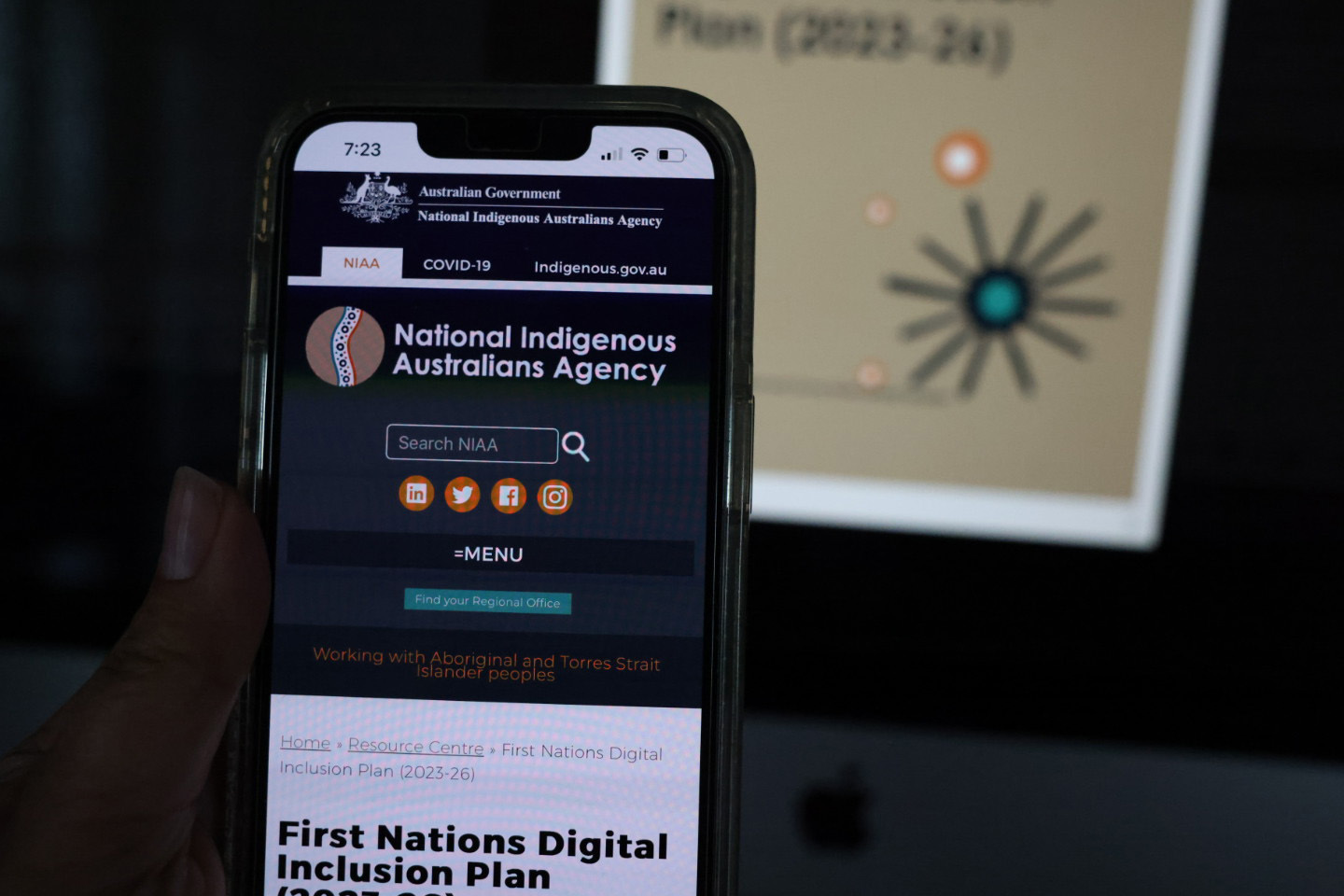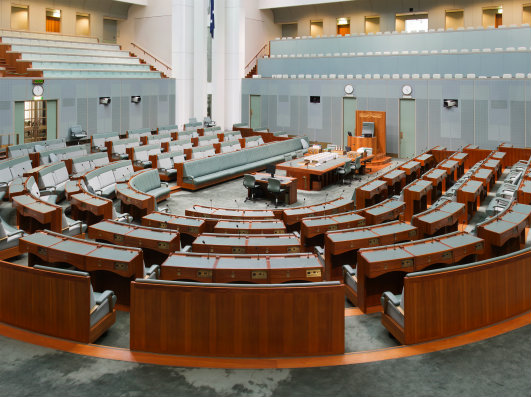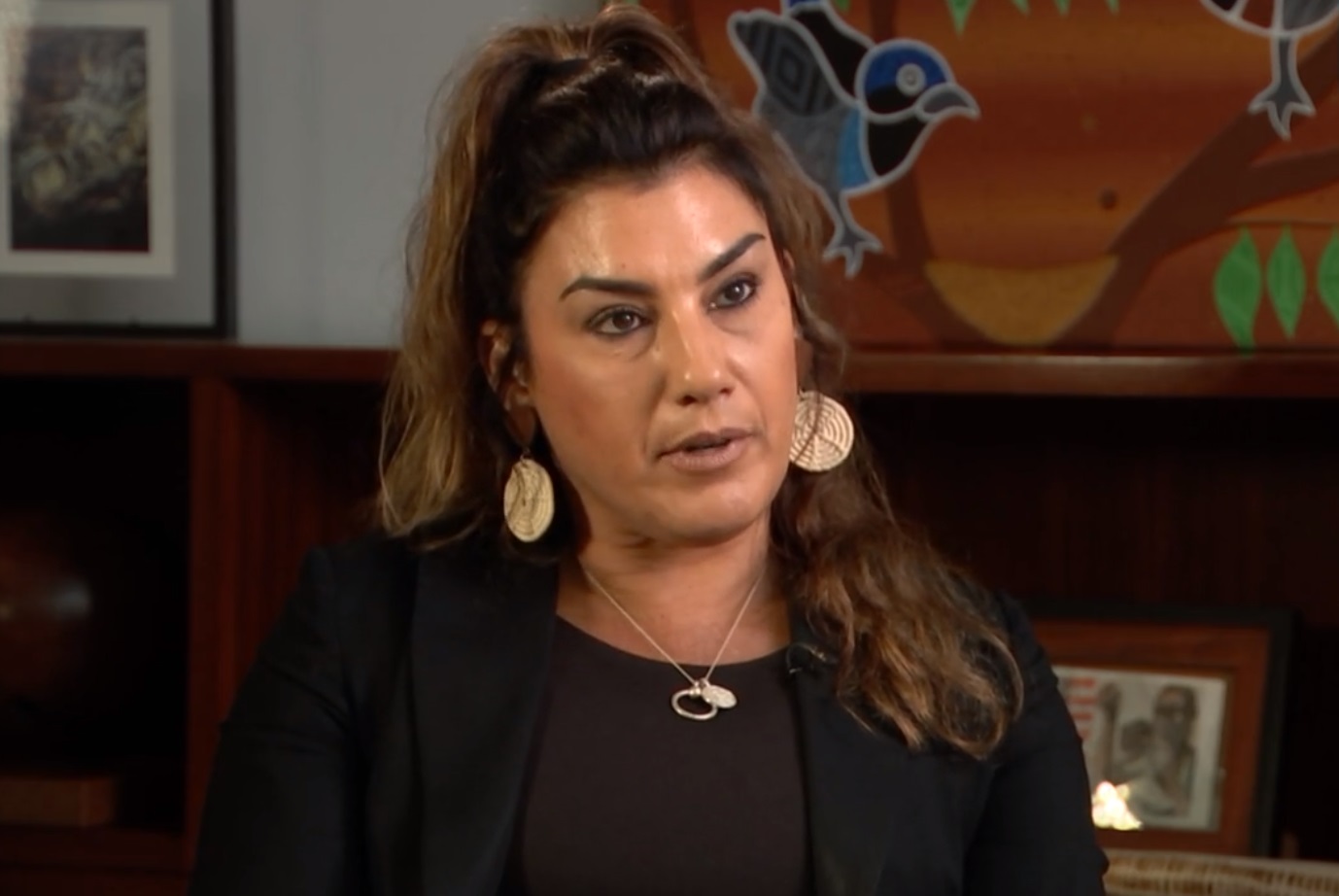The Federal Government is aiming to close the digital gap for Aboriginal and Torres Strait Islanders.
The Albanese government has released the inaugural First Nations Digital Inclusion Plan which aims to eliminate digital inequality and improve digital literacy for Indigenous Australians.
Federal Minister for Indigenous Australians, Linda Burney says the plan could improve Indigenous communities.
“Strengthening digital inclusion for First Nations people, especially if they live in regional or remote Australia, provides significant opportunities for increased connections to community, country and cultural identity.”
The National Indigenous Australians Agency led development of the plan, alongside Indigenous organisations and businesses, industry, and Commonwealth and state government agencies.
The plan will inform the Federal Government’s First Nations Digital Inclusion Advisory Group, which is due to deliver its initial report soon.
Federal Communications Minister Michelle Rowland says all Australians deserve access to reliable connectivity and the skills to take advantage of it.
“The First Nations Digital Inclusion Plan aims to address the barriers to digital inclusion for First Nations people, particularly those living in regional and remote communities.
Our investment in projects that directly benefit First Nations communities through the Better Connectivity Plan will ensure that no one is left behind and that we continue to support all Australians living in an increasingly digital and connected society.”
A lack of digital literacy is leading has impacted how people interact with information and disinformation online.
Speaking on the Guardian Australia’s Full Story podcast Saibai Koedal woman and Queensland’s Young Australian of the Year Talei Elu says a lack of digital literacy is leading to mistrust in communities.
“You see it through Covid, all these sensational headlines being shared in our region that causes big mistrust in vaccines and now it is happening again with The Voice because no one is really investing in digital literacy up home.”
NIRS/AAP
Image Credit: AAP/Rounak Amini





